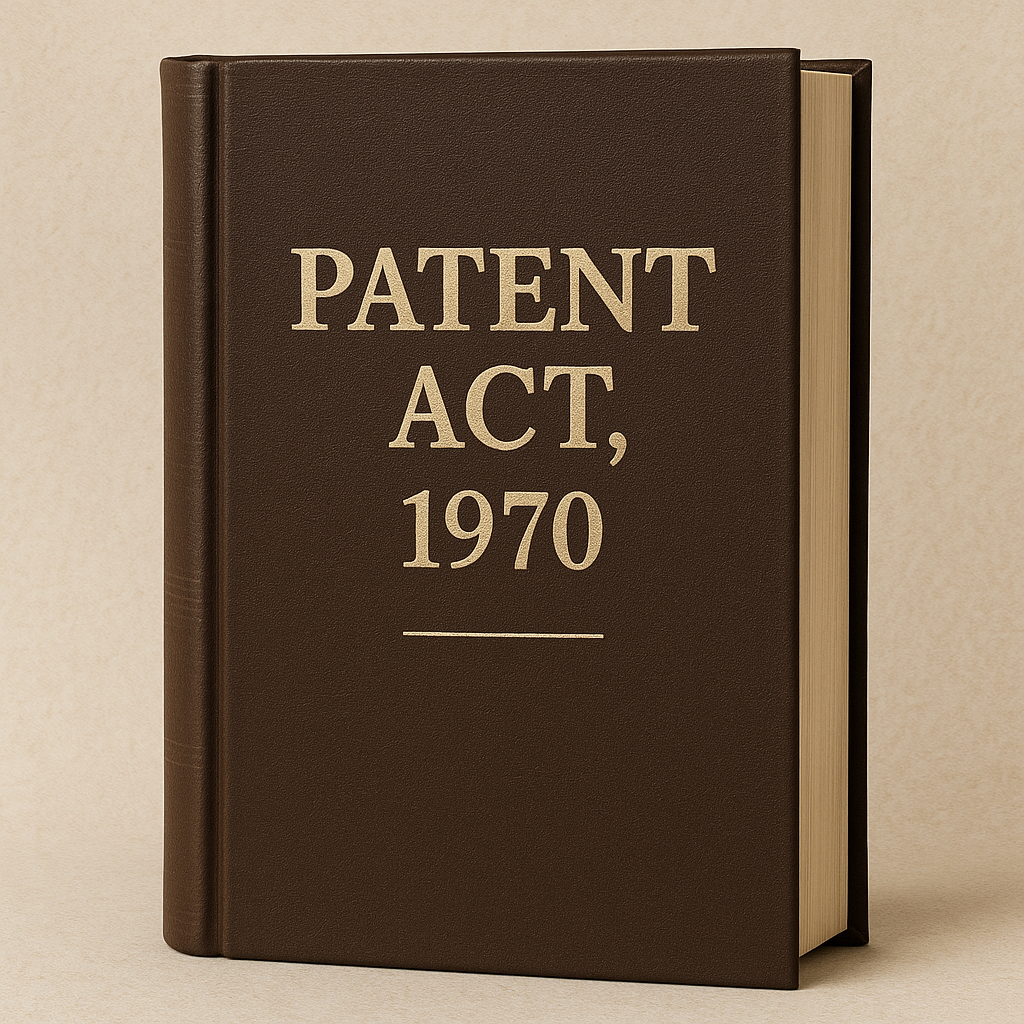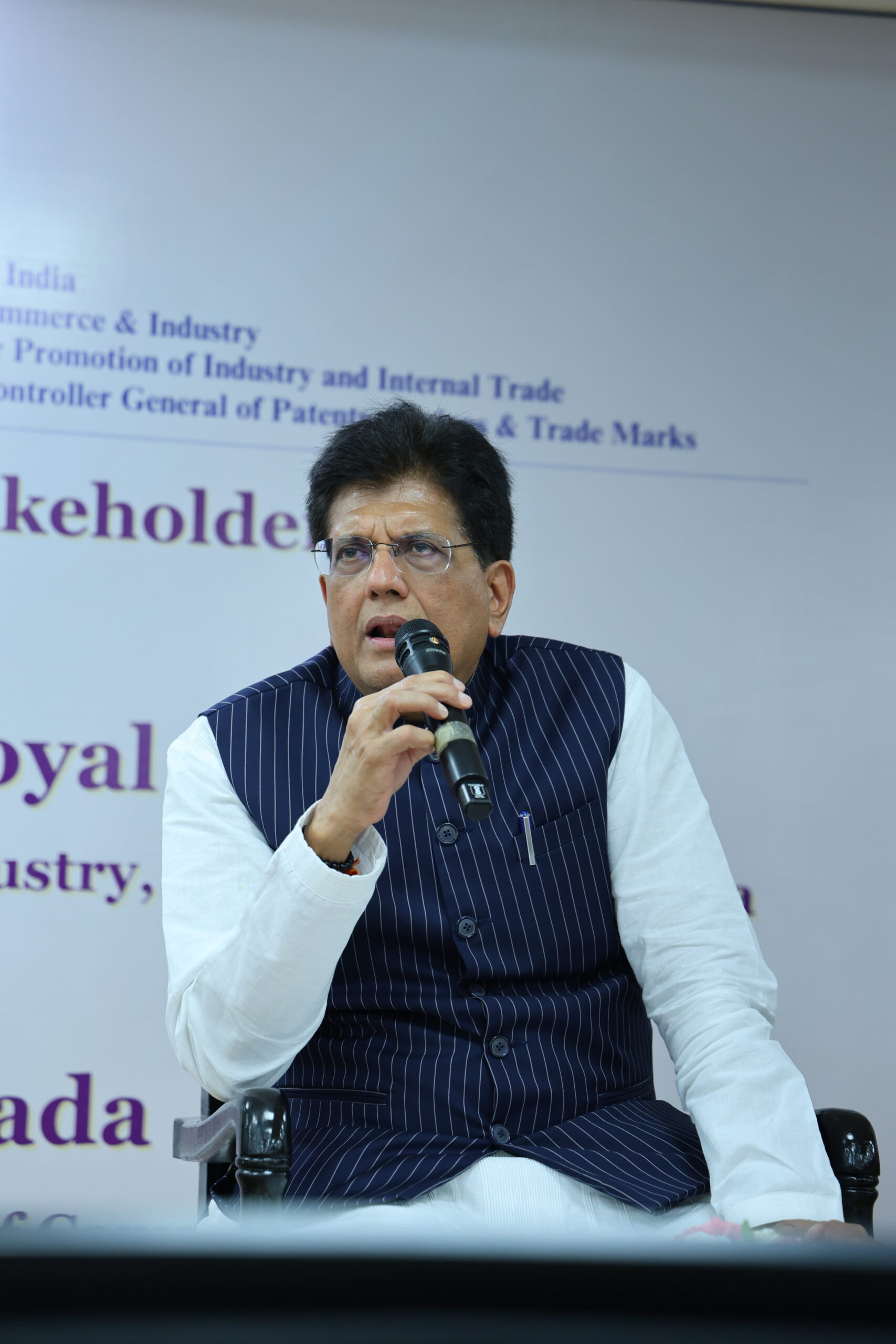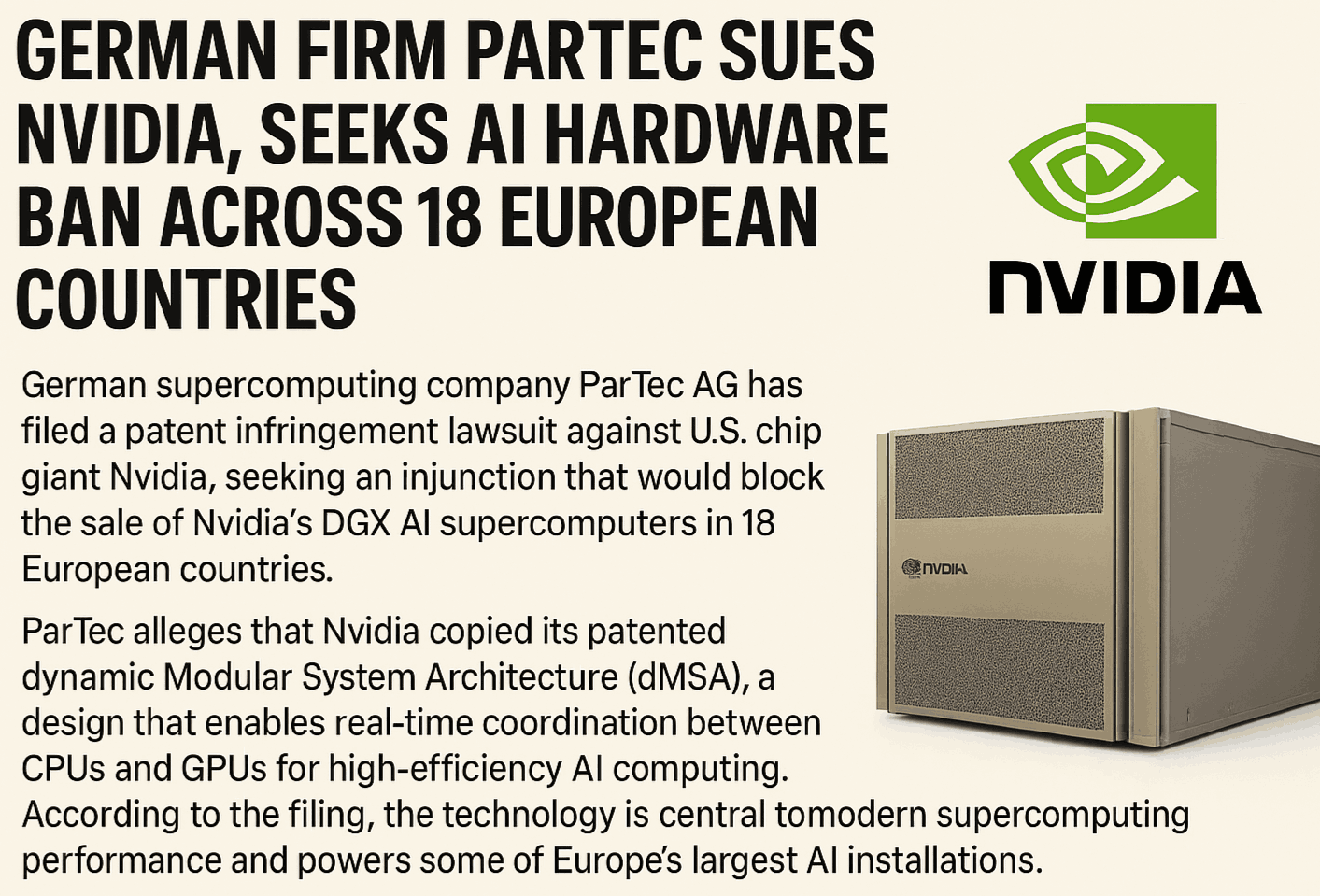Vietnamese automaker VinFast has filed a design patent in India for its compact Minio Green EV. The micro electric car is set to compete directly with the MG Comet EV, a popular choice in India’s urban EV segment.
Compact Design, Urban Focus
The VinFast Minio Green EV measures 3,090 mm in length, making it slightly bigger than the MG Comet EV. It comes with a 1,625 mm height and a 2,065 mm wheelbase, ensuring good interior space for city use.
Its design highlights include LED semicircular headlights, vertical tail-lamps, flap-type door handles, black ORVMs, and 13-inch steel wheels. A shark-fin antenna completes its urban hatchback look.
Interior with Minimalist Touch
The cabin of the Minio Green EV is simple yet practical. It offers a two-spoke steering wheel, fabric seats, and a digital instrument cluster that also acts as the infotainment screen. The EV comes with a two-speaker audio system and a four-way adjustable driver’s seat, designed to keep costs low.
Battery, Range, and Speed
The VinFast Minio Green EV packs a 14.7 kWh battery paired with a rear-mounted electric motor. The motor delivers 27 hp and 65 Nm torque. On a full charge, it claims a driving range of 170 km (NEDC cycle).
The EV can achieve a top speed of 80 km/h. It also supports charging speeds of up to 12 kW, making it a practical choice for short city commutes.
Safety Features
VinFast has included basic safety features in the Minio Green EV. The car comes with a driver-side airbag, ABS with EBD, and traction control.
India Strategy and Market Impact
VinFast is building a strong base in India with its manufacturing plant in Tamil Nadu. The facility has an annual capacity of 50,000 units, expandable to 150,000 units. Local production could help VinFast price the Minio Green EV competitively.
The company aims to capture India’s growing affordable EV market by offering a rival to the MG Comet EV. With rising fuel prices and increasing demand for sustainable mobility, the VinFast Minio Green could emerge as an attractive option for urban buyers and fleet operators.




